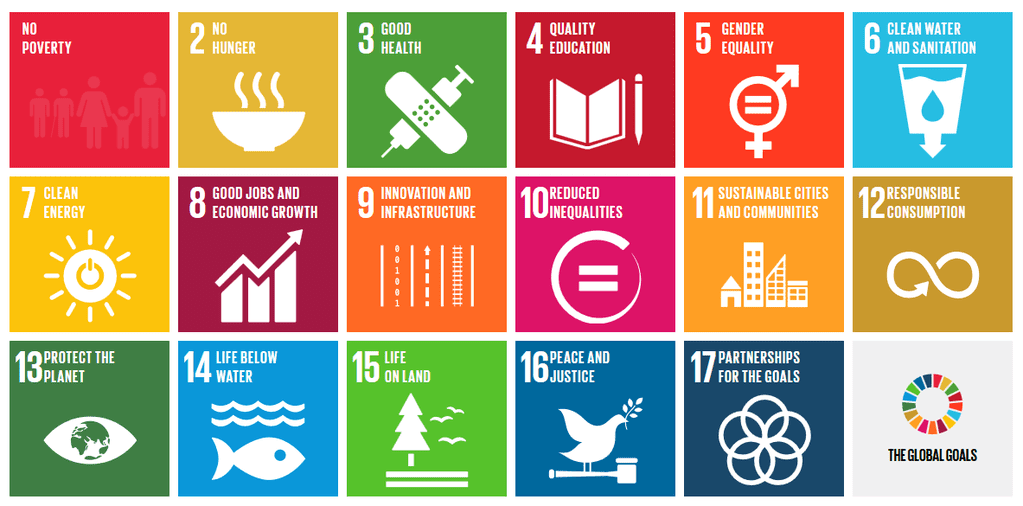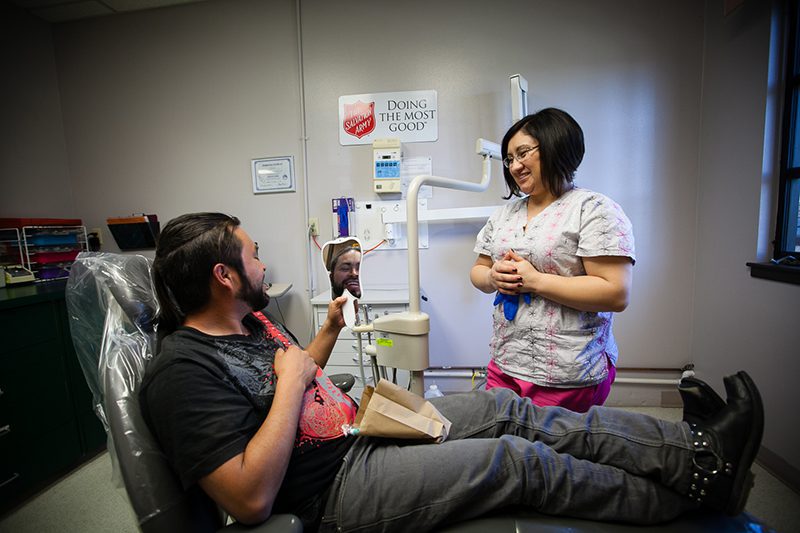A universal agenda to leave no one behind
Each fall the United Nations brings together 193 member-state leaders for its annual General Assembly in New York City to discuss global initiatives, issues and policies. This year, as the UN marks its 70th anniversary, the leaders ratified 17 Sustainable Development Goals (SDGs), an ambitious and multi-faceted universal agenda for the next 15 years. Yet, the unique nature of the goals works to impact the future of humans and Earth beyond the 2030 deadline.
The SDGs follow the eight Millennium Development Goals (MDGs) created in 2000 to fight poverty around the world. Similarly, these were ambitious targets resulting in valuable changes. This agenda witnessed declining rates in global poverty, greater availability and affordability of education, and decrease in malaria, AIDS, and tuberculosis cases. However, many targets were not completely met and the UN wanted an agenda for all people on Earth, with a tone of urgency along with long-term investments.
Improved preparation and involvement helped form the SDGs, involving multiple mechanisms of civic engagement. The 17 goals build a broad umbrella with 169 specific targets underneath—each telling of issues presently disrupting sustainability. Eradicating poverty, ending unsustainable production and consumption practices, and protecting the environment are essential requirements found throughout the agenda.
The new goals for the next 15 years make a strong and deliberate effort in leaving no one behind. Sustainability requires deliberate change from all—developing, rich, newly independent—countries. Therefore, the goals require universal action. For instance, it calls for ensuring gender equality and reducing inequality. This is a relevant hindrance to sustainability affecting all counties, including the United States. Goal three specifically states: “Ensure healthy lives and promote well-being for all at all ages.”
Leaving no one behind transcends to leaving no environmental components behind as well. These stretch from protecting ecosystems, marine resources, forests, and clean reusable energy. It’s clear that the goals involve all aspects of the environment in understanding the interconnectedness of it all. Humans need a sustainable environment for healthier lives.
Further, the SDG’s effort in “leaving no one behind” is evident with its push for inclusiveness throughout the world. It specifically calls for inclusiveness in cities, innovation, and societies. It translates to economic development and growth with availability of job opportunities to all. It works to meet goals within and between nations. It creates a unified mindset for systematic development that involves and considers the need for every person on this planet while protecting the planet itself. The goals are ambitious indeed, but are necessary when making a holistic plan.
There’s a sense of urgency and demand toward sustainability, with a clear mindset of establishing the goals for today’s youth and future generations as the goals are set to begin Jan. 1, 2016.
While all nations hold the responsibility of these goals under the UN, it is now critical that the global public be educated about the goals. Because individuals must carry an understanding in order to put accountability on global leaders, the next step works in prohibiting a lack of knowledge so the goals themselves—and all involved—will not fall behind.














